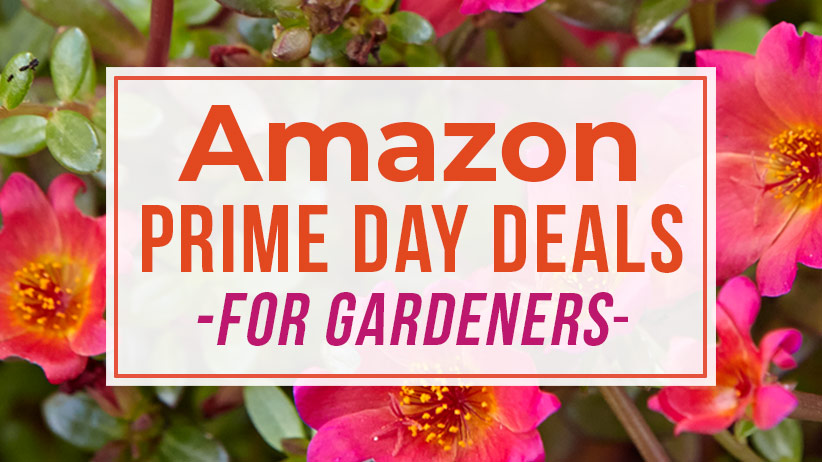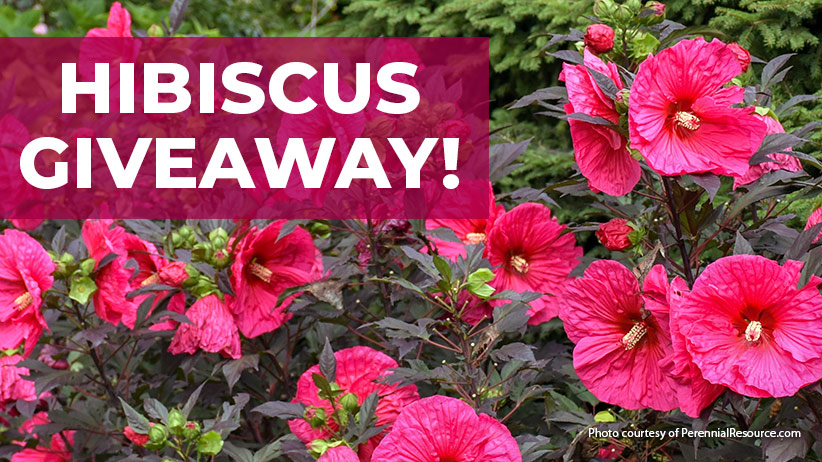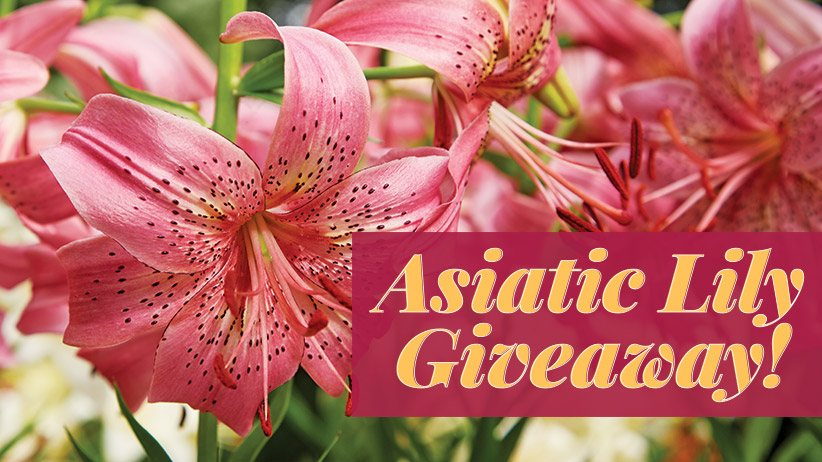 The first step in protecting your garden is to identify the enemy. In the story in issue 61, I showed you 16 annual, biennial and perennial weeds and how to effectively rid your garden of them. Here are more weeds with the best way to control them, as well as techniques to eradicate both annual and perennial weeds.
Let’s face it. We all have weeds. However, getting to know them is the first step in keeping them under control. After all, when you grow a rhododendron, you need to know what it likes. To get rid of the knotweed growing along your driveway, you need to know what it dislikes — the sharp end of a hoe or a herbicide.
I’ve put together some photos and information to help you identify some of your problem weeds. Once you’ve identified one, then you’ll want to know whether it’s an annual or perennial. That’s how I’ve divided up these sections. I’ll start with the easiest ones:
The first step in protecting your garden is to identify the enemy. In the story in issue 61, I showed you 16 annual, biennial and perennial weeds and how to effectively rid your garden of them. Here are more weeds with the best way to control them, as well as techniques to eradicate both annual and perennial weeds.
Let’s face it. We all have weeds. However, getting to know them is the first step in keeping them under control. After all, when you grow a rhododendron, you need to know what it likes. To get rid of the knotweed growing along your driveway, you need to know what it dislikes — the sharp end of a hoe or a herbicide.
I’ve put together some photos and information to help you identify some of your problem weeds. Once you’ve identified one, then you’ll want to know whether it’s an annual or perennial. That’s how I’ve divided up these sections. I’ll start with the easiest ones:
Annual Weeds | Perennial Weeds | How to Eradicate Weeds
Annual Weeds
Most annual weeds, like the ones below, sprout in spring, grow quickly, flower, set seeds and die before winter. You’ll want to prevent them from setting seeds because many are prolific seeders and can drop hundreds, even thousands, of seeds. These seeds can stay in the soil for years, waiting for the right conditions to germinate. The best way to keep these weeds from producing seed is to pull or hoe your weeds from the soil. If you can’t pull or cultivate, at least cut or mow off weed seed heads before they mature. Another good way to control annual weeds in your garden is with a layer of mulch, an inch or two thick. It shades the soil surface and keeps weed seeds from germinating. If you have lots of annual weeds and don’t want to pull, hoe or mulch, there are herbicides for established weeds or pre-emergents to keep seeds from germinating. When using either type of weed control, always read and follow the instructions on the label.| Fall panicum Panicum dichotomiflorum | |
 Click for larger image
Click for larger image
|
How it spreads: Seeds
Favorite conditions: Full sun; well-drained soil
Size: Up to 7 ft. tall
Best control:Pull
Comments: Seeds form in late summer or early fall on wide-spreading, open panicles, often with a purple tint; frequent mowing will help control this grass in lawns; fall panicum and barnyard grass look similar before they produce seedheads.
|
| Prostrate knotweed Polygonum aviculare | |
 Click for larger image
Click for larger image
|
How it spreads: Seeds
Favorite conditions: Compacted soil; full sun; garden edges and lawns
Size: 1 to 2 in. tall; 8 to 48 in. wide
Best control:Pull, hoe, use selective herbicide
Comments: Mats form from a central tap root; common throughout North America; stems sometimes have a red tint; entire plant looks like a green, lace doily lying on the ground
|
| Ivyleaf morning glory Ipomoea hederacea | |
 Click for larger image
Click for larger image
|
How it spreads: Seeds
Favorite conditions: Full sun; almost any soil
Size: Up to 10 ft. long
Best control:Pull or hoe
Comments: Twining vines wind through other plants and pull them down or shade them out; flowers are pink or purple with pale throats
|
| Common dayflower Commelina communis | |
 Click for larger image
Click for larger image
|
How it spreads: Seeds
Favorite conditions: Part shade to full sun; moist soil in cultivated gardens
Size: Up to 2 ft. tall with weak, floppy stems
Best control:Pull or hoe
Comments: Blue flowers, which last one day, open only in the morning or on cloudy days
|

Perennial Weeds
Perennial weeds, such as the ones profiled below, come back from the same roots year after year. They’re much more tenacious than annual weeds. If you get to perennial weeds while they’re young, you can still hoe or pull. But mature perennial weeds sometimes have extensive root systems that need to be removed completely. Otherwise, they’ll simply regrow if you cut off their tops. The best time to remove weeds is before they flower. They’re vulnerable because all of their energy is going into flower production. Digging is still the most effective nonchemical method. Just make sure that you get all of the roots. Repeatedly mowing or chopping off the tops also eventually weakens and kills perennial weeds: Cut the weeds down to the ground. Wait two or three weeks and cut them again before they can gather more energy to bloom. Repeat this process several times to get rid of tough perennials. If you’re working with a large lawn freckled with dandelions or have a stubborn poison ivy vine, herbicide is probably the best choice. Once you’ve decided that a herbicide is the way to go, always read the label closely before you buy or apply. Make sure you’re choosing the one that fits your situation. Selective herbicides will kill only certain weeds and leave surrounding plants unharmed. Most lawn herbicides are selective. They kill broadleaf weeds, such as those dandelions, but not grass. Nonselective herbicides kill all plants they come into contact with. Use a nonselective herbicide when you want to clear an area and start over. Nonselective herbicides also work great in areas where you don’t need to worry about surrounding plants, such as in driveway or sidewalk cracks. Looking at a garden full of weeds can be overwhelming. But once you identify those weeds and know how to eliminate them, you can plan your strategy and reap the rewards of a clean garden.| Foxtail barley Hordeum jubatum | |
 Click for larger image
Click for larger image
|
How it spreads: Seeds and roots
Favorite conditions: Full sun; well-drained soil; almost any location
Size: Up to 3 ft. tall
Best control: Dig; use a nonselective herbicide as the flower spikes form
Comments: Seeds have wiry bristles with tiny barbs that grip onto clothing or fur to travel to new locations
|
| Wild four o’clock Mirabilis nyctaginea | |
 Click for larger image
Click for larger image
|
How it spreads: Seeds and roots
Favorite conditions: Part shade to full sun; well-drained soil; areas that are not frequently cultivated
Size: Up to 4 1/2 ft. tall
Best control: Dig; use a herbicide as the flowers begin to form
Comments: Thick tuber with fibrous roots beneath; small, summer flowers are pale pink to lavender
|
| Gray goldenrod Solidago nemoralis | |
 Click for larger image
Click for larger image
|
How it spreads: Seeds and roots
Favorite conditions: Full sun to part shade; sandy, poor soil
Size: Up to 2 ft. tall
Best control:Dig; pull; use a herbicide in mid- to late summer
Comments: Shallow, fibrous root system; lemon-yellow flowers bloom in late summer and fall
|
| Honeyvine milkweed Ampelamus albidus | |
 Click for larger image
Click for larger image
|
How it spreads: Seeds and roots
Favorite conditions: Part shade to full sun; moist soil in cultivated gardens
Size: Up to 10-ft.-long, twining vine
Best control:Dig; use a herbicide before seed pods form<
Comments: Does not have milky sap; clusters of white flowers in summer followed by milkweedlike pods; deep root system is difficult to pull |
If you would like to know about more weeds, you can read about them in Garden Gate Issue 61.
















